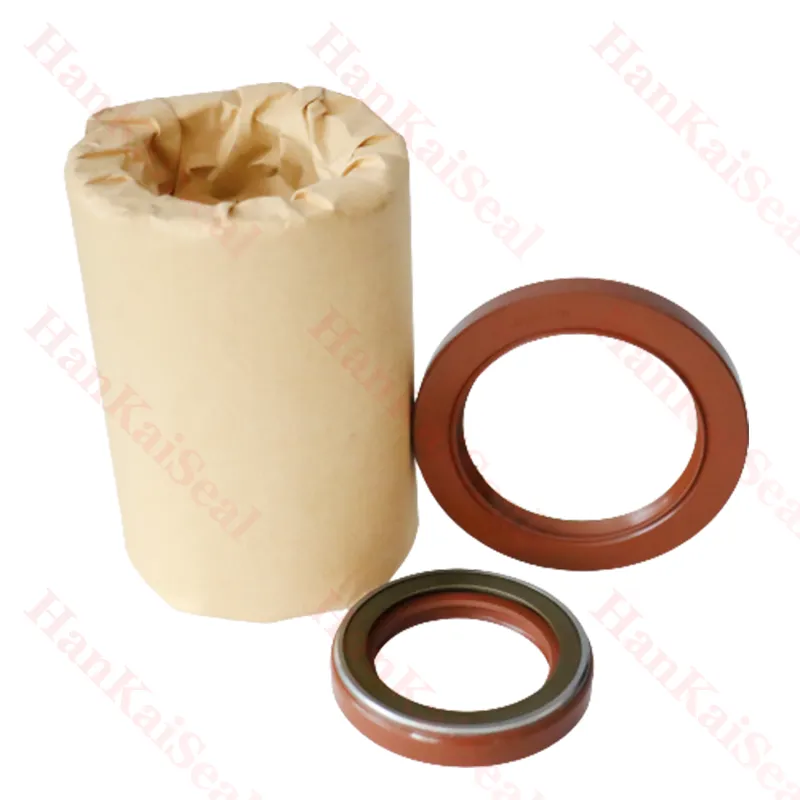- Afrikaans
- Albanian
- Amharic
- Arabic
- Armenian
- Azerbaijani
- Basque
- Belarusian
- Bengali
- Bosnian
- Bulgarian
- Catalan
- Cebuano
- Corsican
- Croatian
- Czech
- Danish
- Dutch
- English
- Esperanto
- Estonian
- Finnish
- French
- Frisian
- Galician
- Georgian
- German
- Greek
- Gujarati
- Haitian Creole
- hausa
- hawaiian
- Hebrew
- Hindi
- Miao
- Hungarian
- Icelandic
- igbo
- Indonesian
- irish
- Italian
- Japanese
- Javanese
- Kannada
- kazakh
- Khmer
- Rwandese
- Korean
- Kurdish
- Kyrgyz
- Lao
- Latin
- Latvian
- Lithuanian
- Luxembourgish
- Macedonian
- Malgashi
- Malay
- Malayalam
- Maltese
- Maori
- Marathi
- Mongolian
- Myanmar
- Nepali
- Norwegian
- Norwegian
- Occitan
- Pashto
- Persian
- Polish
- Portuguese
- Punjabi
- Romanian
- Russian
- Samoan
- Scottish Gaelic
- Serbian
- Sesotho
- Shona
- Sindhi
- Sinhala
- Slovak
- Slovenian
- Somali
- Spanish
- Sundanese
- Swahili
- Swedish
- Tagalog
- Tajik
- Tamil
- Tatar
- Telugu
- Thai
- Turkish
- Turkmen
- Ukrainian
- Urdu
- Uighur
- Uzbek
- Vietnamese
- Welsh
- Bantu
- Yiddish
- Yoruba
- Zulu
Mar . 28, 2024 13:50 Back to list
A Guide to Sealing Component Replacement
Sealing components are vital elements in various mechanical systems, ensuring proper functionality and preventing leaks. When it comes to replacing sealing components, proper procedures and precautions are essential to maintain system integrity and performance. Here's a comprehensive guide to help you navigate the process effectively:
- Identification of Sealing Components:
Before initiating the replacement process, accurately identify the sealing components requiring replacement. This includes seals, gaskets, O-rings, and any other relevant parts.
- Selecting Replacement Parts:
Choose replacement parts that match the specifications and requirements of your system. Consider factors such as material compatibility, temperature resistance, pressure ratings, and application-specific needs.
- Preparation Steps:
- Shut down the system: Before beginning the replacement procedure, ensure that the system is safely shut down to prevent accidents and injuries.
- Release pressure: Release any pressure or tension within the system to facilitate safe removal of the old sealing components.
- Removal of Old Seals:
- Use appropriate tools: Select the necessary tools for removing the old seals without damaging surrounding components.
- Clean the area: Thoroughly clean the sealing surface to remove debris, residue, and contaminants that may affect the performance of the new seals.
- Installation of New Seals:
- Apply lubrication: Apply a compatible lubricant to the sealing components to aid in installation and ensure proper sealing.
- Follow manufacturer guidelines: Adhere to manufacturer guidelines regarding installation techniques, torque specifications, and alignment procedures.
- Check for proper fit: Ensure that the new seals are properly seated and aligned to prevent misalignment and potential leaks.
- Post-Installation Checks:
- Pressure test: Conduct a pressure test to verify the integrity of the newly installed sealing components and detect any potential leaks.
- Inspect for leaks: Visually inspect the system for any signs of leakage or irregularities following the replacement procedure.
- Attention to Detail:
- Avoid over-tightening: Exercise caution to avoid over-tightening fasteners or fittings, as this may damage the seals and compromise their effectiveness.
- Monitor performance: Monitor the performance of the system following seal replacement to ensure optimal functionality and address any issues promptly.
- Documentation and Maintenance:
- Maintain records: Keep detailed records of seal replacement activities, including dates, parts used, and any observations or recommendations for future maintenance.
- Schedule regular inspections: Implement a schedule for regular inspections and maintenance to proactively identify and address potential sealing issues before they escalate.
By following these guidelines and exercising diligence throughout the replacement process, you can ensure effective sealing component replacement while minimizing the risk of system failure and downtime. Remember to prioritize safety, accuracy, and adherence to best practices at every stage of the process.
-
Reliable Oil Seal Wheel Hub Solutions for Industrial & Automotive Use
NewsNov.17,2025
-
Durable Front Hub Oil Solutions for Industry – HKAiSeal
NewsNov.17,2025
-
Wholesale Hydraulic Pump Motor Seal Kit A4VSO250 | In Stock
NewsNov.17,2025
-
Pump Seal Kits: Essential Components for Industrial Reliability
NewsNov.17,2025
-
TCV Oil Seal - Double-Lip, Spring-Loaded, High Temp & Wear
NewsNov.17,2025
-
Hydraulic Seal Kits: Reliable Solutions for Industrial Equipment
NewsNov.17,2025
-
Combined oil seal 659214 12001903B, fits 119990, NBR OEM
NewsNov.17,2025
Products categories
















